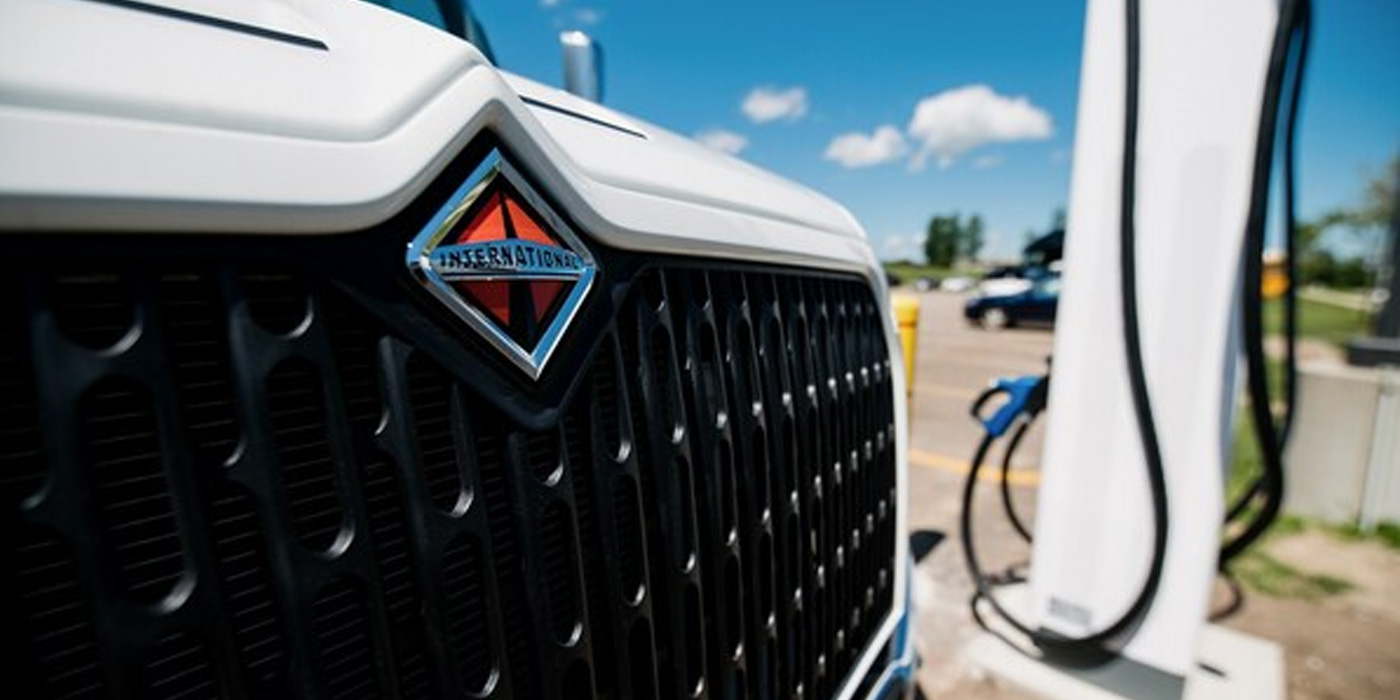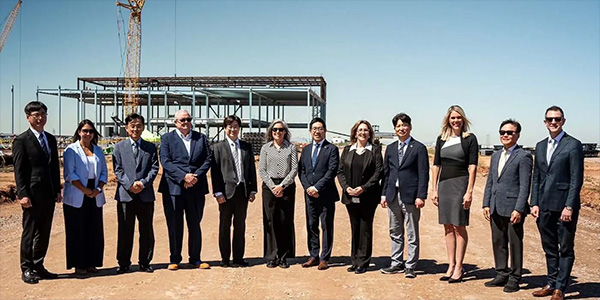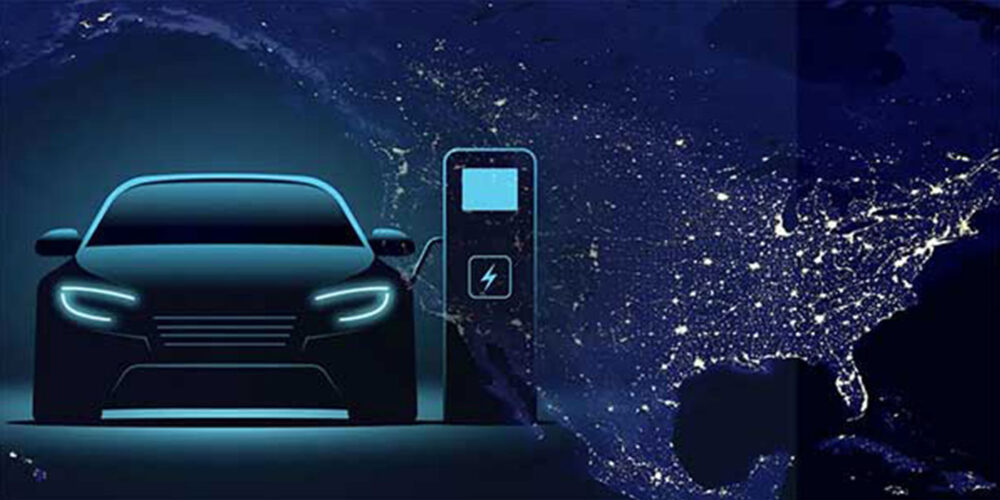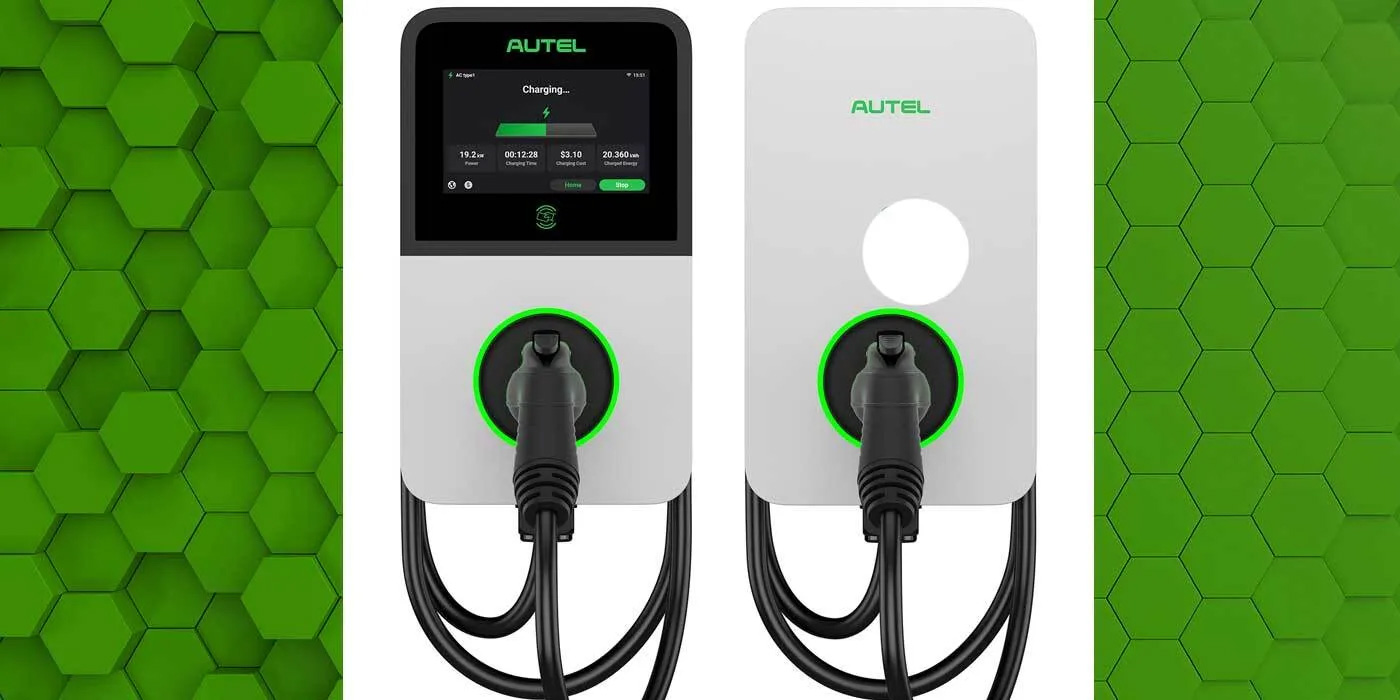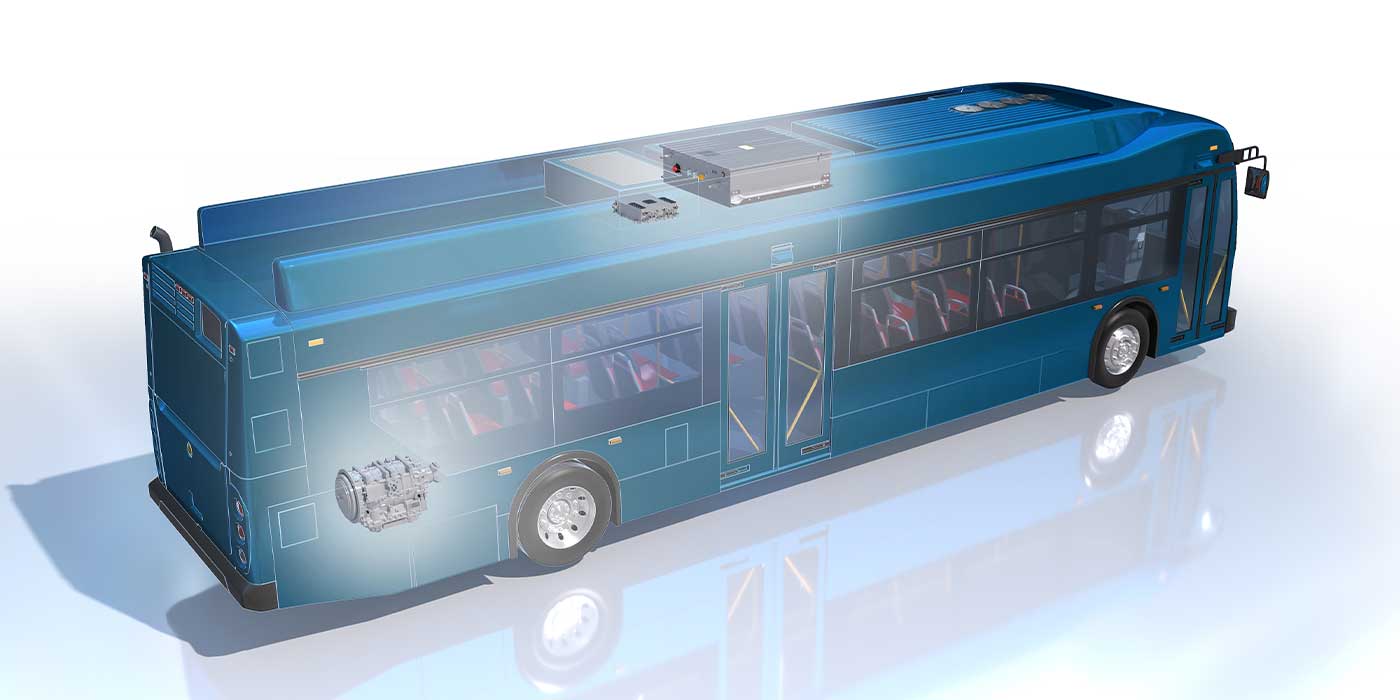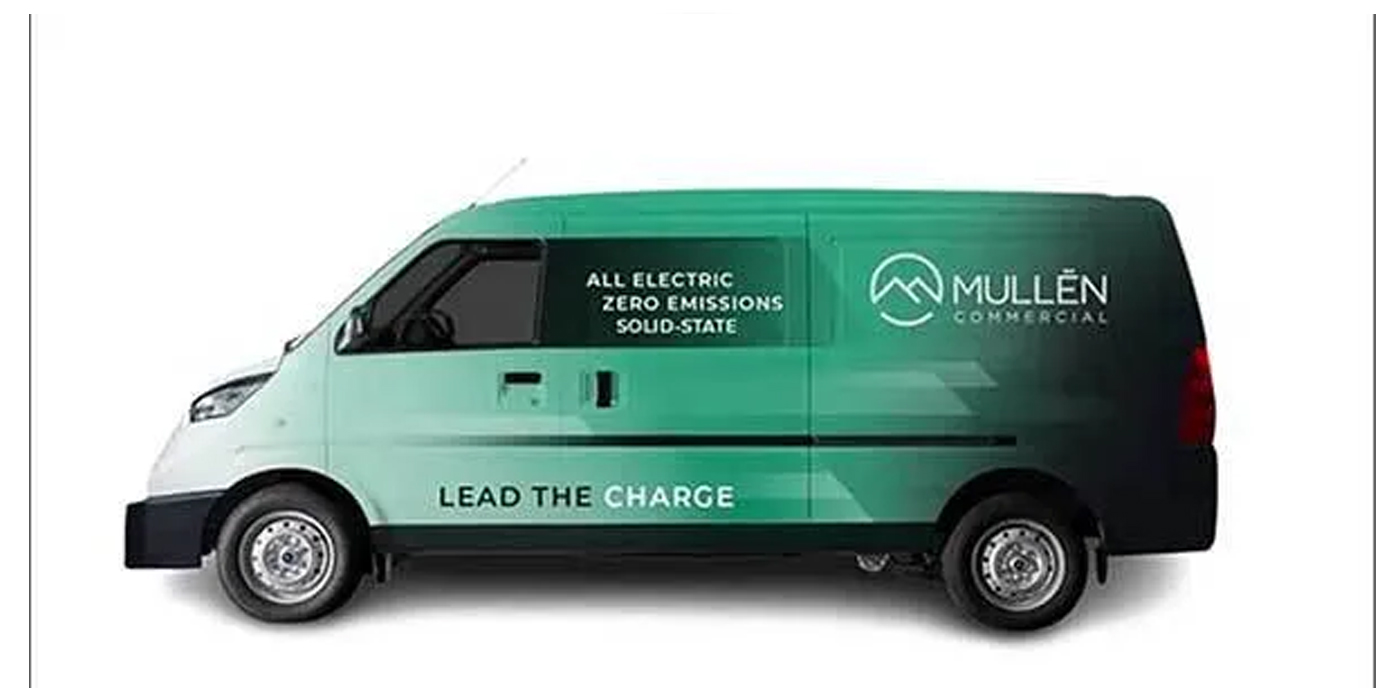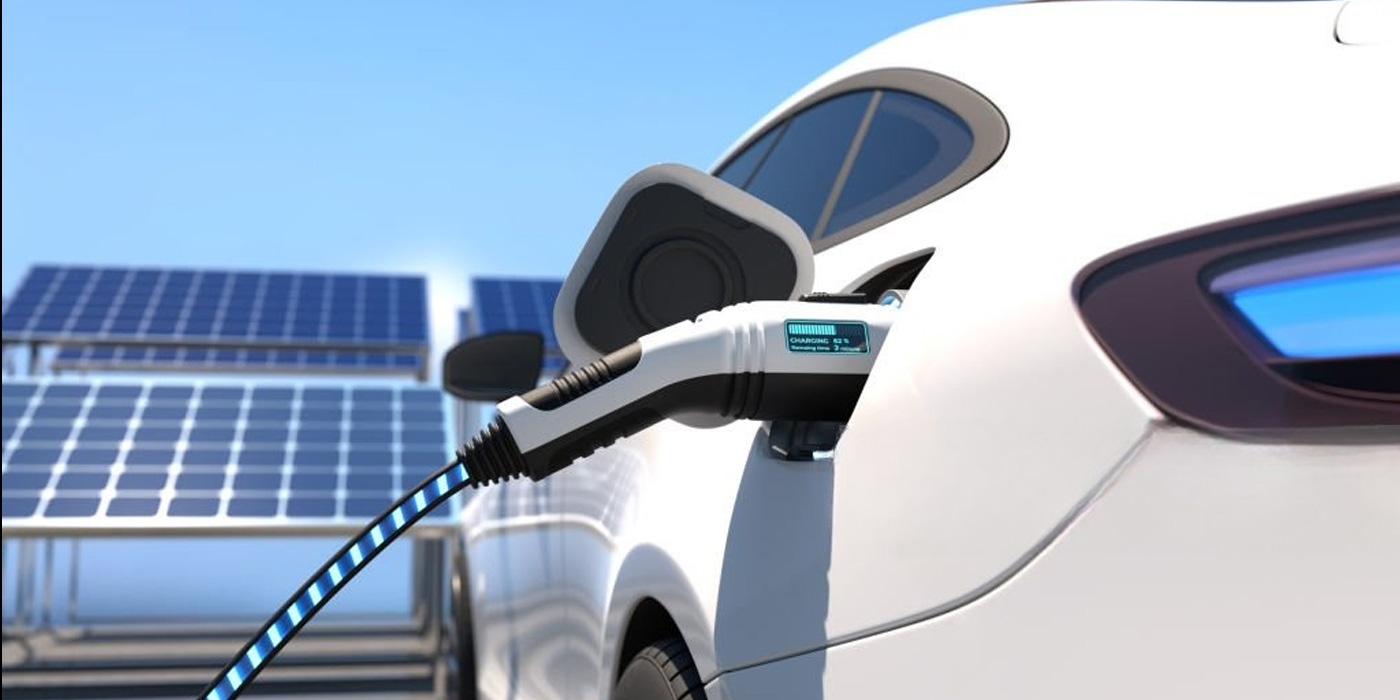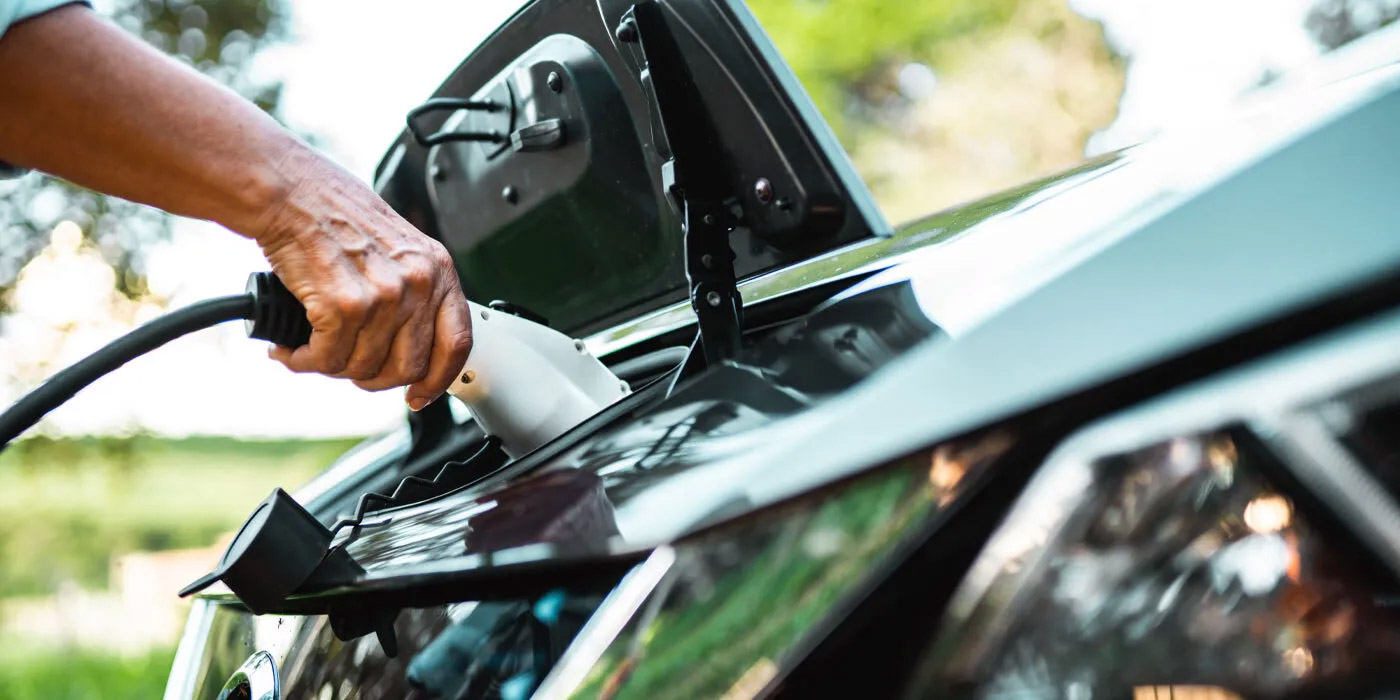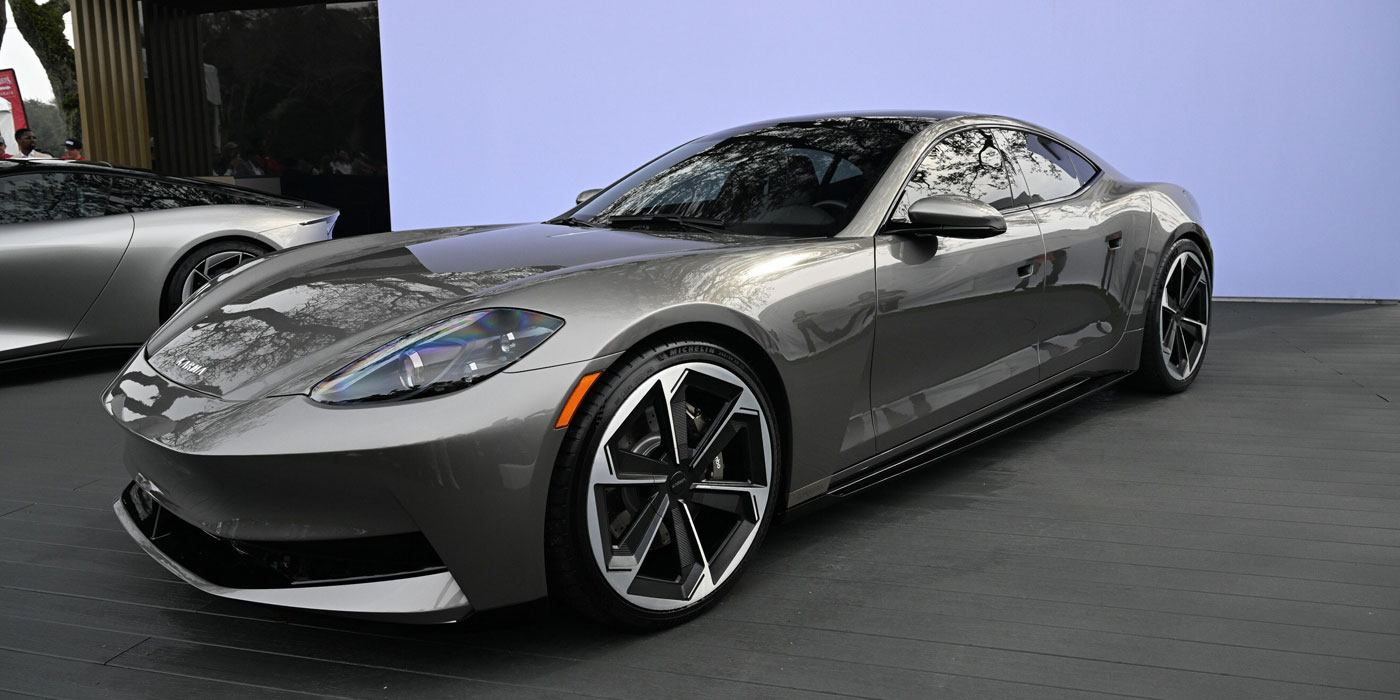Honda has officially introduced its 2024 Prologue midsize SUV, with an anticipated EPA range rating of 300 miles. Its DC fast charging capability is capable of adding 65 miles of range in 10 minutes. Drivetrain options include single-motor (front-wheel-drive) and dual-motor (all-wheel-drive) configurations. The vehicle will have an estimated 288 horsepower and 333 lb.-ft. of torque.
The Honda Sensing suite within the vehicle includes safety features such as Rear Cross Traffic Braking, Blind Zone Steering Assist, and Rear Pedestrian Alert. The Prologue offers an interior for five passengers, providing up to 136.9 cubic feet of interior space. It comes equipped with a standard 11-inch digital instrument display and an 11.3-inch HD touchscreen featuring built-in Google integration, as well as wireless compatibility for Apple CarPlay and Android Auto. Furthermore, Honda notes that it offers cargo space, with 25.2 cubic feet of storage behind the rear seats and a 57.7 cubic feet with the rear seatbacks folded down.
Honda offers Prologue customers a range of charging solutions, including a home charging station, a portable charging kit, and public charging credits. Additionally, the company notes that its new HondaLink Smartphone App allows Prologue owners to easily identify public charging networks.




